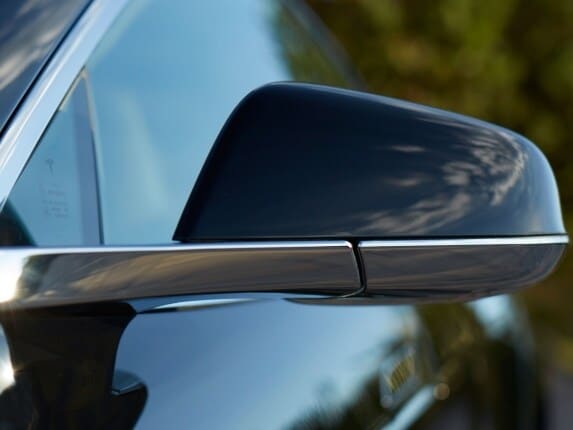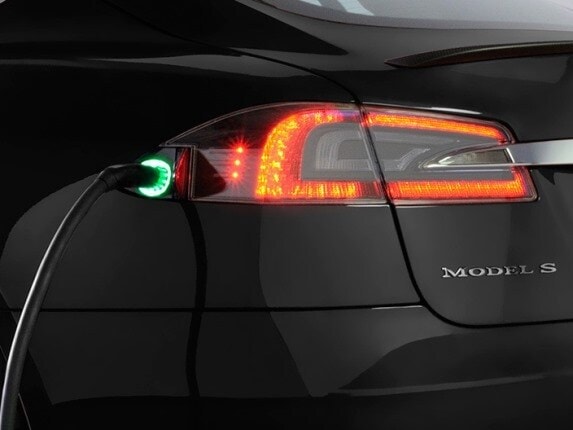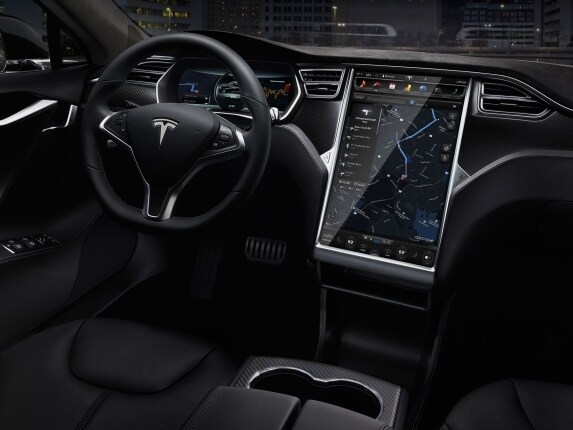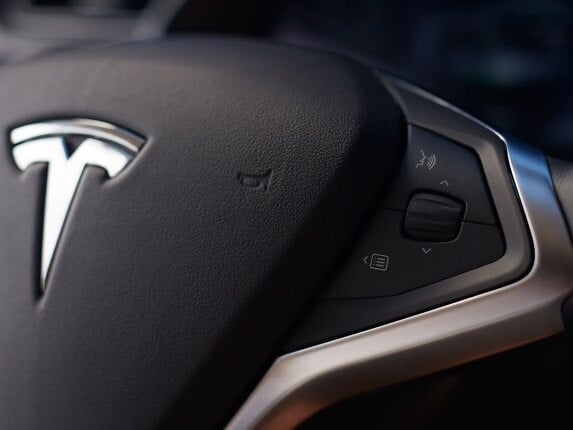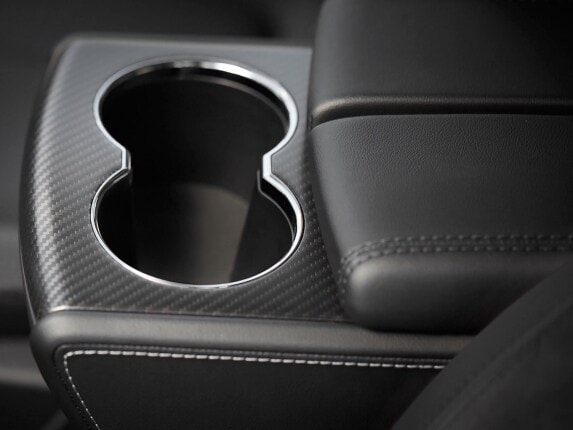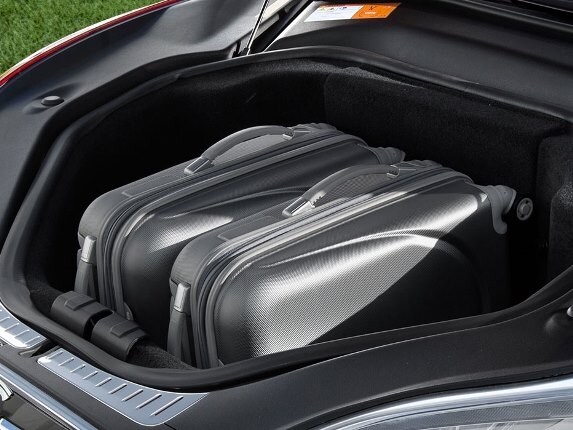Let’s get this part out of the way first: "Insane Mode" on the 2015 Tesla Model S P85D is the real deal. Select "Insane" on the all-powerful touch screen, mash the accelerator from a dead stop, and you’ll literally feel the blood rush to the back of your skull as it takes off. While the immediacy of the acceleration tapers off as speeds gather, I can’t think of a single street-legal vehicle at any price that could beat this $105,000 electric sedan across an intersection. If you still believe modern electric cars are nothing more than glorified golf carts, one quick burst in Tesla‘s Insane Mode will abolish that thought forever, guaranteed.
So, yeah, Insane Mode is cool. But what about the rest of the time, when you aren’t making your passengers spontaneously shout expletives? After all, the 2015 Tesla Model S is a car, not a parlor trick, and at $120,000 as-equipped (and before federal and state incentives), it’s an expensive one at that. It needs to be comfortable, quiet, and be able to carry around you and your passengers in the manner an expensive luxury sedan should. For the most part it does, but with a few quirks that have nothing to do with the powertrain.
Also: Class of 2016 — New Cars Ready to Roll
Real luxury
First the good news. Among the many improvements made to the 2015 Tesla Model S in general are new seats, upgraded interior materials, and active safety systems like lane keeping warning and adaptive cruise control, much needed to stay competitive with other luxury sedans. Tesla’s implementation of them is straightforward. For example, the adaptive cruise works mostly like the Mercedes-Benz Distronic system; Tesla uses Mercedes-Benz control stalks for cruise, turn signal, gear selector and even window switches. The P85D itself is also new, using dual motors — one in the front and one in the rear — for an all-wheel drive combination of 691 horsepower.
Even without the modern gadgetry the newest Tesla Model S remains a very pleasant car to drive. Insane Mode means the Tesla Model S is unbeaten when it comes to stealthy speed, letting you squirt into traffic holes RIGHT NOW with no attention-grabbing engine roar. It’s a lot more nimble than you might think, thanks to the low center of gravity — credit the under-floor battery pack — nicely tuned suspension, big tires, and sharp steering. The Tesla’s also comfortable and relatively quiet, although noise from the optional 21-inch Michelin tires was pretty prominent in our test car.
Speedy recharging
Tesla’s build-the-whole-widget strategy benefits owners in the form of dozens of Supercharger stations around the country. We took our car to one in Hawthorne, California, on-site at Tesla’s design studio, and next door to Space X headquarters. And super it is: the on-board recharging meter told us the car was recharging with 350 amps cramming electrons into the battery at a rate of 300 miles of charge per hour (actual range is around 250 miles or so in ideal conditions). In about 30 minutes, it charged the car from a 50-mile range to 218 miles.
It gave me time to chat with J.B. Wagoner, a new owner of a Model S P85D, and an extreme test case for the car’s technology. He drives his from Lake Elsinore to Los Angeles every day; for those of you not familiar with Southern California geography, that’s about 75 miles each way. The supercharger is essential to him, and thanks to it, and the Tesla’s long EV range, he can make the round trip without recharging mid-route. He says he’s put more than 7,000 miles on his Tesla in its first two months, with no issues so far.
It all sounds great, but then come the quirks. For example, the interior is pleasant enough, but plain for a car in this price range. Compare it to other high-end luxury sedans — the similarly sized and priced Audi A7 comes to mind — and it’s downright bland. Fine, the A7 doesn’t do electric, but its available diesel engine will burnish your green street cred, or the RS7 will fulfill your speed lust. Not only is the Tesla’s interior bland, there are cheap spots like the plastic panel where the USB ports are housed. Also strange is the lack of interior storage; there’s no bin under that huge center armrest, and the only interior storage is the glove box and the big floor-mounted tray between the front seats. No door pockets, no bin, nothing.
Also: Kelley Blue Book Best Buy Awards of 2015
Touchscreen dominates
Then there’s that big 17-inch color touchscreen display. It’s beautiful, as easy to use and intuitive as an iPad, and quick. It’s easily the gold standard for in-car touchscreen systems, and one that Cadillac would well emulate with its CUE system. We love how it can show two different displays at the same time, and how you can switch which one is on top. However, the touchscreen is the central hub for all of the car’s functions, and we mean all. A lot of cars force you to use a touchscreen for things like radio stations or fan speed, but the Model S forces you to use it if you want to turn on your fog lights, or open the sunroof. Yes, you’d get used to it as an owner, but would it have killed Tesla to just put a standard headlight knob on the dash? Or a rotary dial for the sunroof on the ceiling? It smacks of being different for the sake of different, not to be better. We were also surprised that this high-tech car still uses a 3G data connection.
Owners will chalk it up to uniqueness, and it’s hard to argue that. The Tesla Model S, especially the rocket-like P85D, remains a unique vehicle in the U.S. market. Unlike the aforementioned Audi, it gives you green street cred AND high performance. The Supercharger network takes at least some of the hassle out of recharging. And despite the quirks, the Model S is still satisfying to drive. It may not be for everyone, but yeah, we get it.

